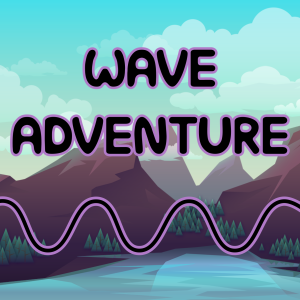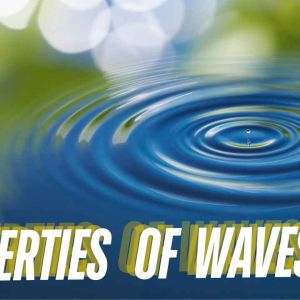Vocabulary
wave, sound, vibrations, wavelength, frequency, amplitude, peak, trough, undulating, mechanical waves, oscillate, surface waves, transverse wave, perpendicular, longitudinal wave, parallel, period, pitch, wave speed, waves, amplitude, frequency, wavelength, wave speed, color, light, waves, amplitude, frequency, wavelength, wave speed, sound, energy, wavelength, amplitude, frequency, waves, longitudinal wave, transverse wave, wave, sound, vibrations, wavelength, frequency, amplitude, peak, trough, undulating, mechanical waves, oscillate, surface waves, transverse wave, perpendicular, longitudinal wave, parallel, period, pitch, wave speed, waves, amplitude, frequency, wavelength, wave speed, sound, waves, amplitude, frequency, wavelength, wave speed, color, light, energy, wavelength, amplitude, frequency, waves, longitudinal wave, transverse wave, wave, sound, vibrations, wavelength, frequency, amplitude, peak, trough, undulating, mechanical waves, oscillate, surface waves, transverse wave, perpendicular, longitudinal wave, parallel, period, pitch, wave speed, waves, amplitude, frequency, wavelength, wave speed, sound, waves, amplitude, frequency, wavelength, wave speed, color, light, energy, wavelength, amplitude, frequency, waves, longitudinal wave, transverse wave, waves, amplitude, frequency, wavelength, wave speed, sound, waves, amplitude, frequency, wavelength, wave speed, color, light, wave, sound, vibrations, wavelength, frequency, amplitude, peak, trough, undulating, mechanical waves, oscillate, surface waves, transverse wave, perpendicular, longitudinal wave, parallel, period, pitch, wave speed, energy, wavelength, amplitude, frequency, waves, longitudinal wave, transverse wave, waves, amplitude, frequency, wavelength, wave speed, color, light, waves, amplitude, frequency, wavelength, wave speed, sound, wave, sound, vibrations, wavelength, frequency, amplitude, peak, trough, undulating, mechanical waves, oscillate, surface waves, transverse wave, perpendicular, longitudinal wave, parallel, period, pitch, wave speed, energy, wavelength, amplitude, frequency, waves, longitudinal wave, transverse wave, waves, amplitude, frequency, wavelength, wave speed, color, light, waves, amplitude, frequency, wavelength, wave speed, sound, wave, sound, vibrations, wavelength, frequency, amplitude, peak, trough, undulating, mechanical waves, oscillate, surface waves, transverse wave, perpendicular, longitudinal wave, parallel, period, pitch, wave speed, energy, wavelength, amplitude, frequency, waves, longitudinal wave, transverse wave, waves, amplitude, frequency, wavelength, wave speed, sound, wave, sound, vibrations, wavelength, frequency, amplitude, peak, trough, undulating, mechanical waves, oscillate, surface waves, transverse wave, perpendicular, longitudinal wave, parallel, period, pitch, wave speed, energy, wavelength, amplitude, frequency, waves, longitudinal wave, transverse wave, wave, sound, vibrations, wavelength, frequency, amplitude, peak, trough, undulating, mechanical waves, oscillate, surface waves, transverse wave, perpendicular, longitudinal wave, parallel, period, pitch, wave speed, energy, wavelength, amplitude, frequency, waves, longitudinal wave, transverse wave, energy, wavelength, amplitude, frequency, waves, longitudinal wave, transverse wave

